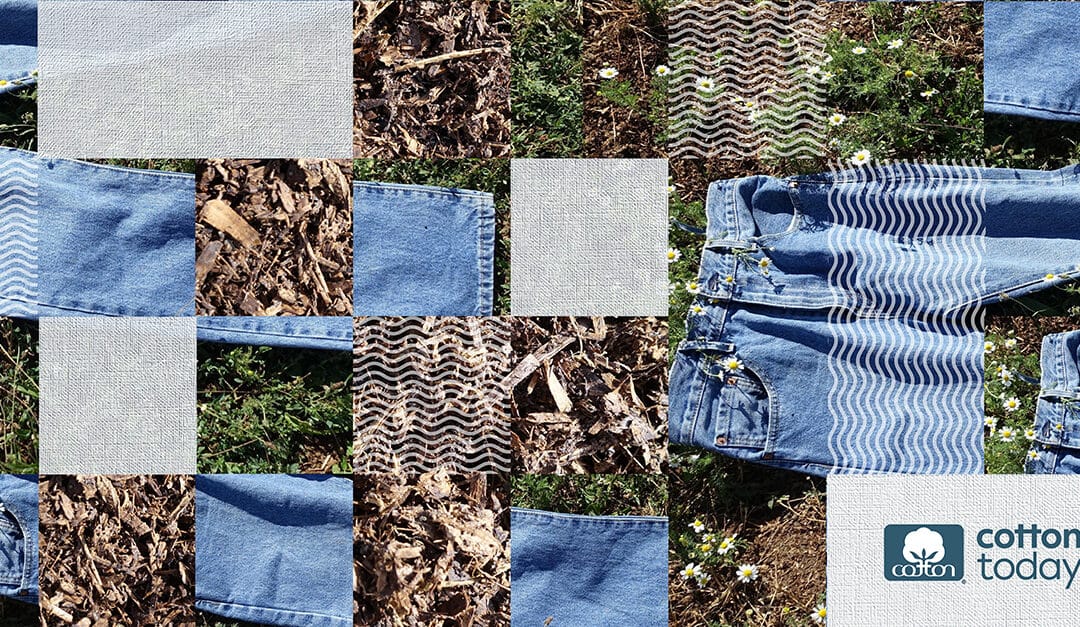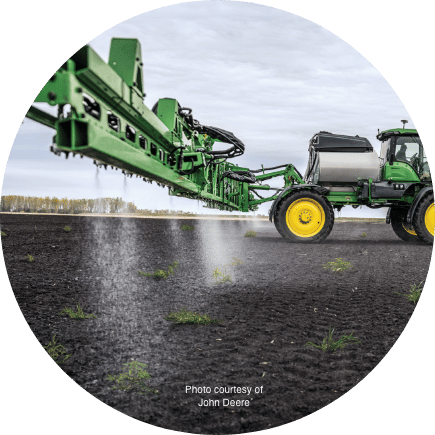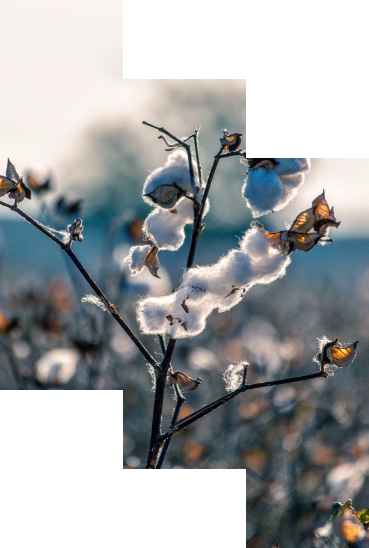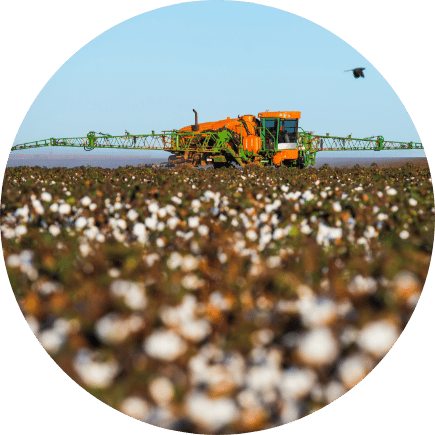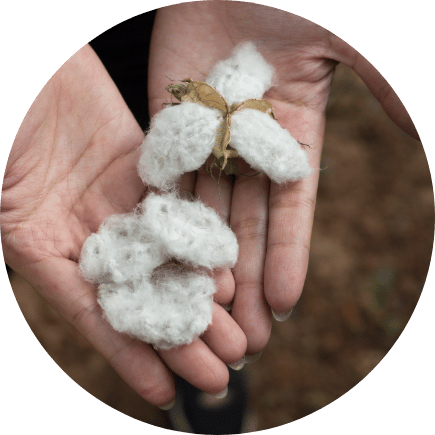Significant Improvements in Cotton Pesticide Use
Countless improvements have been identified for pesticide use around the world. Between 1992 and 2019, Australian cotton growers have for example reduced their use of insecticides as measured in grams/bale by 97%. Australian use of all types of pesticides went down by 18.2% in just five years between 2014 and 2019.6 In the United States, cotton yield has steadily increased while overall pesticide use has remained consistent.7
One of the reasons for the significant reduction in the use of insecticides is the global introduction of Bt cotton. Bt, a bacterium known as Bacillus thuringiensis, kills a variety of insects (chiefly worm pests) that harm the cotton plant. In the 1990s, scientists were able to move the gene that encodes Bt directly into a plant. After rigorous scientific evaluation, Bt cotton was placed on the market in 1996, allowing the plants to protect themselves with a significantly lower need for insecticides. Together with integrated pest management practices and other improvements, Bt cotton helped drive down insecticide applications in the U.S. by 66% in terms of pounds/acre between 1994 and 2019.8 Overall, while worldwide cotton production has risen, the total volume of insecticides used has declined.9
To keep this trend going, the cotton community is currently working on resolving the growing resistance to existing herbicides and insecticides, including resistance to Bt cotton. Some scientists have argued10 that pest susceptibility should be considered a shared public good, and that growers will need support from the entire value chain – similar to efforts in cover crops, and soil and water conservation – to implement sustainable pest management practices for the future. New research developing novel integrated pest management methods including a comprehensive pest management toolkit that helps maintain pesticide efficacy will continue to be important.11
